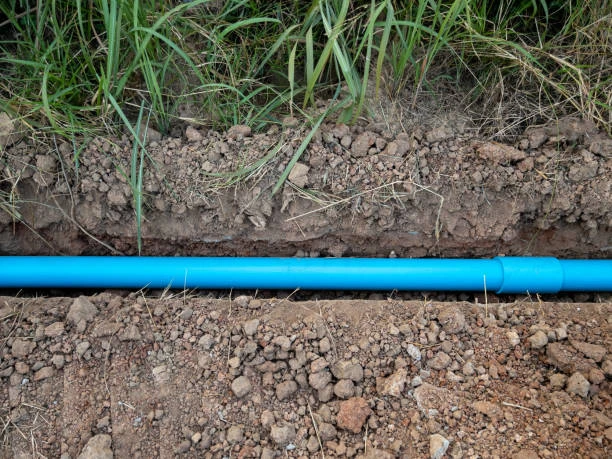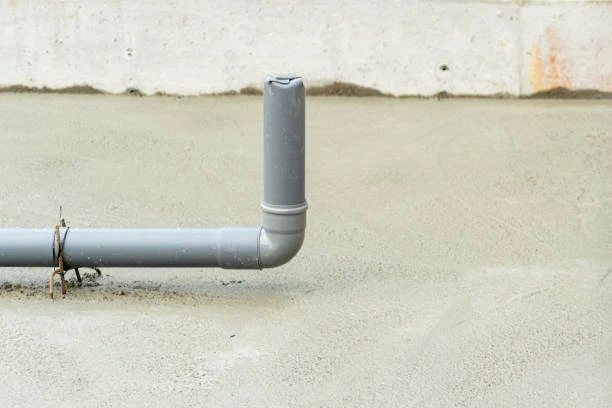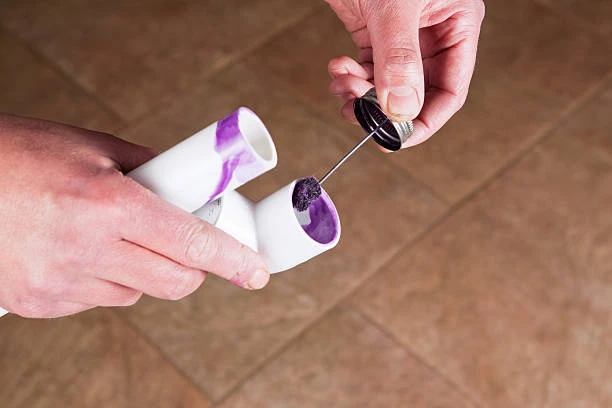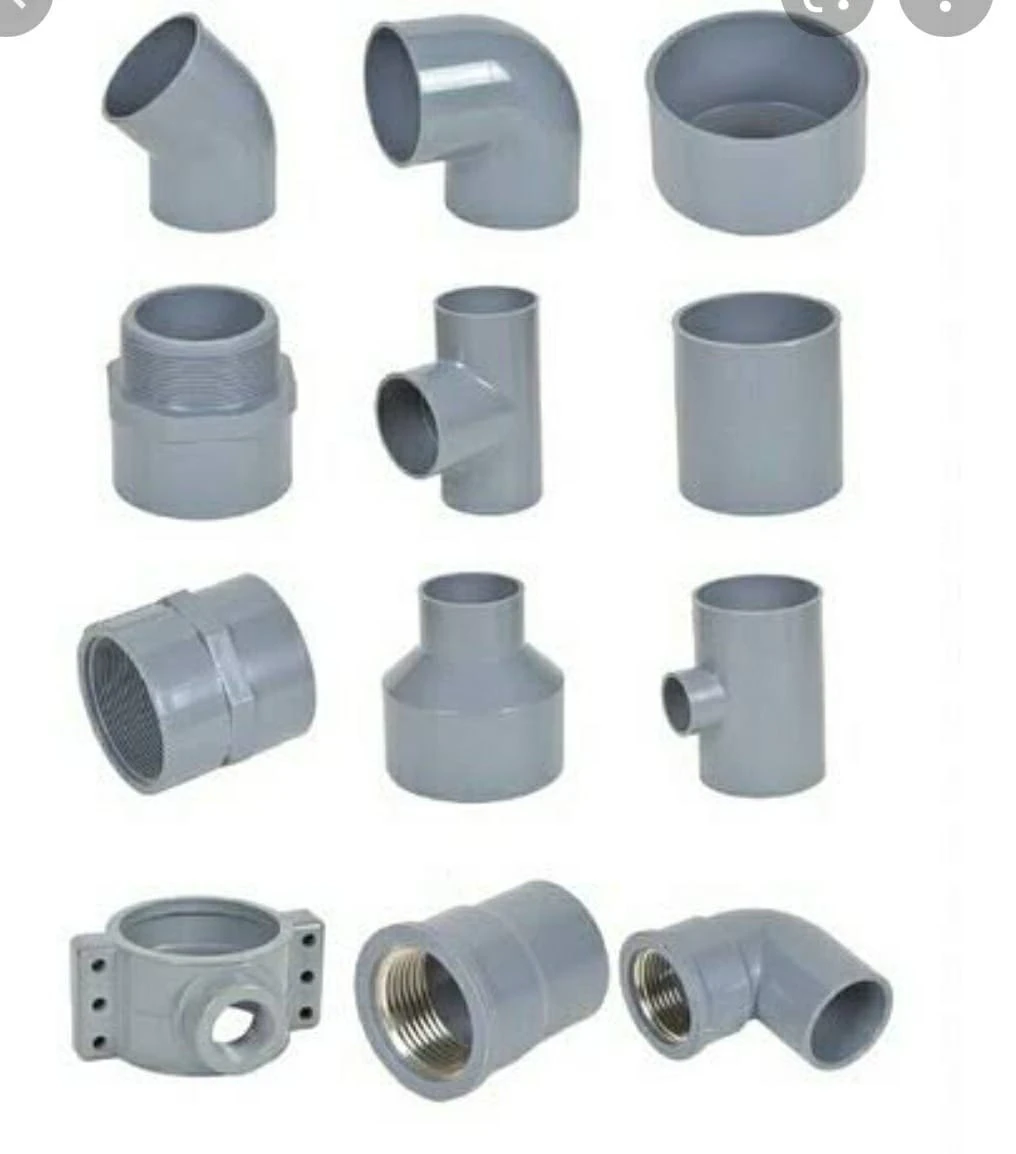The PVC pipe industry has recently come under fire due to a misleading report that paints a negative picture of its products, specifically regarding safety and environmental impact. Among the various components within this sector, CPVC (Chlorinated Polyvinyl Chloride) fittings are particularly vital for plumbing and construction applications. This article seeks to clarify misconceptions around CPVC fittings and highlight the industry’s commitment to sustainability and safety.
Understanding CPVC Fittings
CPVC fittings are essential components used in plumbing systems, often chosen for their durability and resistance to heat and chemicals. Unlike standard PVC, which is primarily used for cold water applications, CPVC can withstand higher temperatures, making it ideal for both hot and cold water systems.
Key Advantages of CPVC Fittings
- Heat Resistance: CPVC fittings can handle temperatures up to 200°F (93°C), making them suitable for high-temperature applications, such as hot water distribution in residential and commercial settings.
- Chemical Resistance: CPVC exhibits excellent resistance to a wide range of chemicals, making it ideal for industrial applications where exposure to harsh substances is common.
- Longevity: With a lifespan exceeding 50 years, CPVC fittings require less frequent replacement, contributing to lower overall costs in plumbing systems over time.
- Ease of Installation: The lightweight nature of CPVC allows for easier handling and installation compared to heavier materials like metal. This characteristic also reduces labor costs during installation.
Addressing the Misleading Report
The recent report raised concerns about the potential health risks associated with PVC and CPVC products, particularly regarding their manufacturing processes and chemical leaching. Industry experts argue that the report lacks scientific backing and fails to consider the rigorous safety standards set forth by regulatory bodies.

Industry Response
1. Transparency and Research
The industry is committed to transparency and has invested significantly in research to ensure the safety of CPVC fittings. Numerous studies conducted by independent organizations demonstrate that when installed and used according to guidelines, CPVC fittings do not pose health risks to consumers.
2. Regulatory Compliance
CPVC fittings are subject to stringent regulations from organizations such as the American National Standards Institute (ANSI) and the National Sanitation Foundation (NSF). These organizations ensure that products meet specific safety and performance criteria before they reach the market.
3. Environmental Impact
Contrary to claims made in the misleading report, the PVC industry has made strides in reducing its environmental footprint. Many manufacturers are adopting sustainable practices, including the recycling of CPVC materials and minimizing waste during production.
The Role of CPVC Fittings in Sustainable Construction
As the construction industry shifts toward more sustainable practices, CPVC fittings play a pivotal role. Their longevity and efficiency contribute to reducing resource consumption over time. Here are several ways in which CPVC fittings support sustainable building practices:
1. Energy Efficiency
CPVC’s insulating properties help reduce energy costs in heating systems. By maintaining temperature more effectively than traditional materials, CPVC fittings can lead to lower energy consumption in buildings.
2. Reduced Water Waste
In plumbing systems, the use of CPVC fittings can minimize leaks and failures. This reliability translates into reduced water waste, aligning with global efforts to conserve water resources.
3. Lifecycle Assessments
Manufacturers are increasingly conducting lifecycle assessments (LCAs) to evaluate the environmental impacts of CPVC fittings from production through disposal. These assessments guide improvements in manufacturing processes and product designs.
Consumer Education
To mitigate the effects of misleading information, the industry emphasizes the importance of consumer education. Homeowners, contractors, and builders should have access to accurate information regarding the safety and benefits of CPVC fittings. The following points can help consumers make informed decisions:
- Consult Reliable Sources: Homeowners should seek information from reputable sources, including industry associations and certified professionals, to better understand the products they are using.
- Understand Installation Guidelines: Proper installation is crucial for ensuring the safety and efficacy of CPVC fittings. Consumers should hire licensed professionals familiar with the latest installation techniques.
- Stay Informed on Regulations: Awareness of local building codes and regulations can help consumers choose compliant materials and installations that prioritize safety.
Conclusion
The PVC pipe industry, particularly the segment dealing with CPVC fittings, is actively pushing back against misleading reports that threaten its reputation. With a focus on safety, sustainability, and consumer education, industry leaders are committed to ensuring that CPVC fittings remain a reliable choice for plumbing applications. By providing accurate information and promoting best practices, the industry hopes to regain public trust and continue to innovate for future generations.

Frequently Asked Questions (FAQs)
1.What are CPVC fittings used for?
- CPVC fittings are primarily used in plumbing systems for both hot and cold water applications due to their heat resistance and durability.
2.Are CPVC fittings safe for drinking water?
- Yes, CPVC fittings are approved by regulatory bodies such as NSF for use in drinking water systems, ensuring they meet safety standards.
3.How long do CPVC fittings last?
- CPVC fittings can last over 50 years when properly installed and maintained, making them a cost-effective choice for plumbing systems.
4.Can CPVC fittings be recycled?
- Yes, CPVC fittings can be recycled, and many manufacturers are implementing recycling programs to minimize environmental impact.
5.What should I consider when installing CPVC fittings?
- It’s essential to follow installation guidelines, consult professionals, and be aware of local building codes to ensure the safety and effectiveness of CPVC fittings.

















